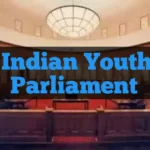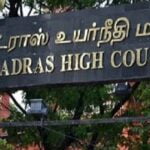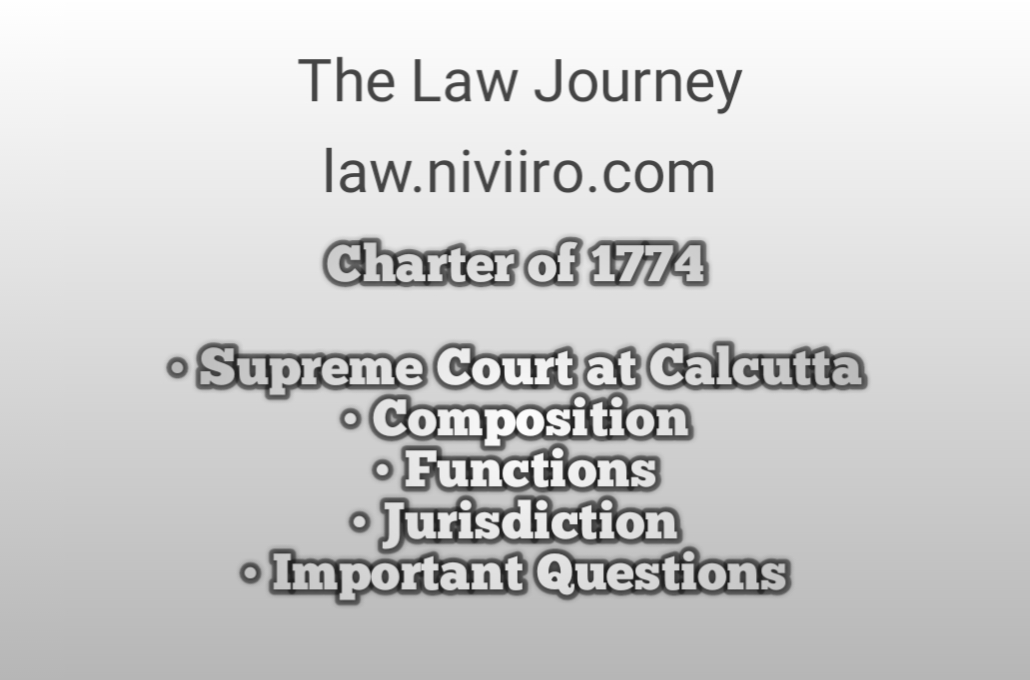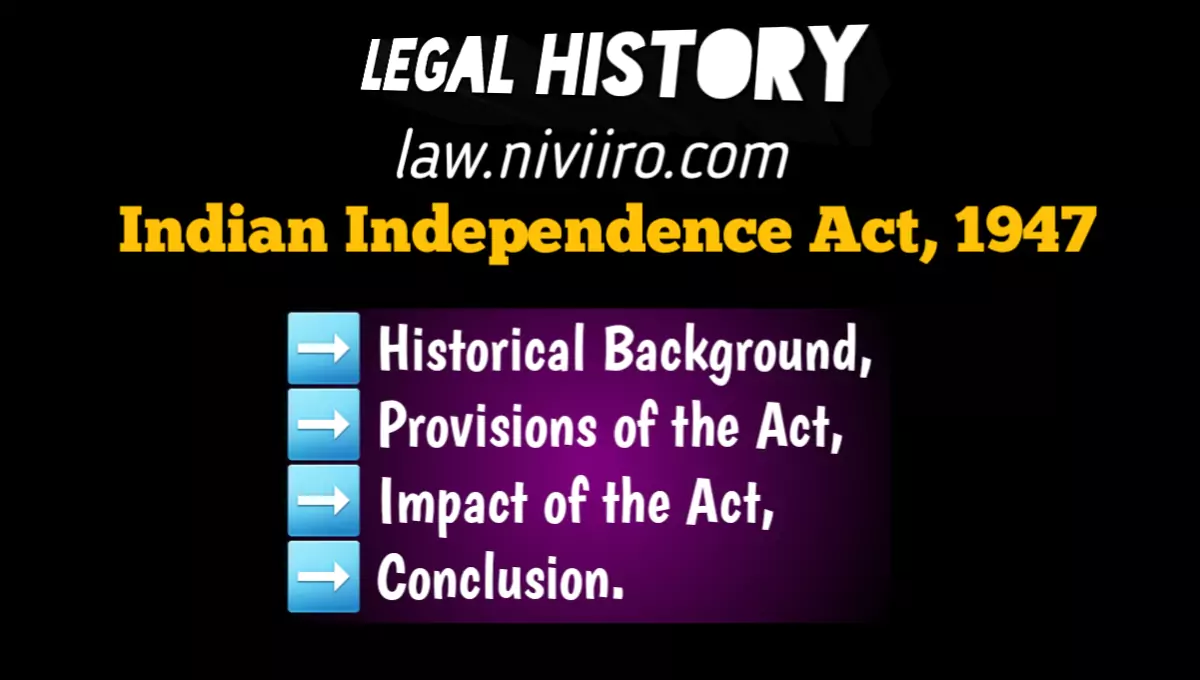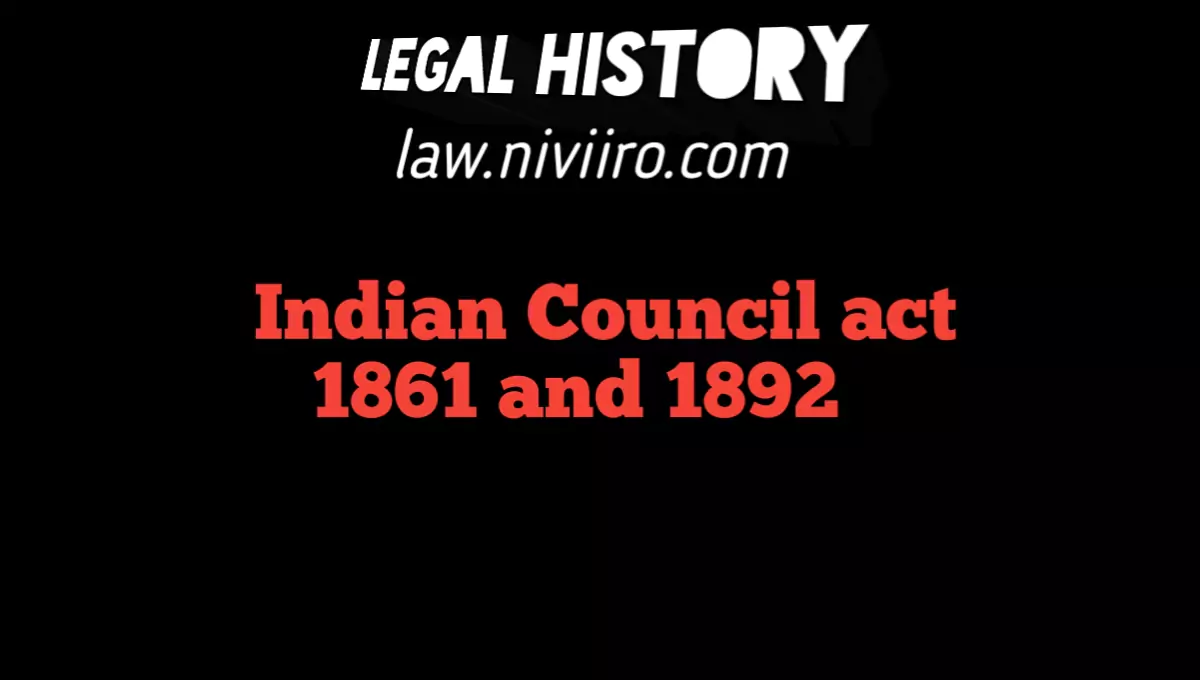Supreme Court at Calcutta
Under the Charter of 1774, On March 26, 1774, the Charter was granted for the establishment of the Supreme Court in Calcutta by King George III.The Supreme Court was established on 22nd October, 1774, and It started functioning in January, 1775. This is the first attempt to create a separate and independent judicial system in India.
Composition under the Charter of 1774
This Supreme Court consisted of a Chief Justice and three other regular judges or puisne judges.Judges must be barristers-at-law of England or Ireland, for a minimum of five years; the charter appointed Sir Elizah Impey as chief justice and Robert Chambers, Stephen Caesar Lemaitre and John Hyde as Puisne judges, who were appointed by the king.
Functions under the Charter of 1774
The Supreme Court was the court of record. It was empowered to confer wide jurisdiction over civil, criminal, admiralty and ecclesiastical matters.It was also the Court of Equality which empowers them to do justice according to the principles of equality and good conscience.It can regulate its own procedure and make rules for this purpose.
The rules framed by it must be approved by the King-in-Council.It was also authorized to nominate three persons annually to the Governor-General and to the Council for the selection of the Sheriff.
The main function of the sheriff was to obey the orders of the Supreme Court and jail the persons committed by the court. The Supreme Court was authorized to nominate lawyers and advocates.
It could appoint subordinate officers but their salaries had to be approved by the Governor General and the Council. The Supreme Court was also authorized to regulate court fees with the approval of the Supreme Council.
It was given the power to supervise and control subordinate courts. It can also issue certificate, error of mandate or writs of procedure to these courts.
Jurisdiction of supreme court under the Charter of 1774

The jurisdiction of the supreme court established under the charter of 1774 explained under the following heads.
1. Civil Jurisdiction under the Charter of 1774
The Court was given original jurisdiction in civil matters, which extended to the following:-
a) East India Company
b) Her Majesty’s Subjects
c) British people living in Bengal, Bihar and Orissa
d) any other person who directly or indirectly comes into the service of the company
e) Residents of Bengal, Bihar and Orissa
These cases could be heard if they had consented in writing to refer their disputes to the Supreme Court, provided the subject matter of the suit exceeds Rs.500.
2.Criminal Jurisdiction | Charter of 1774
The Supreme Court in the matter of criminal matters was constituted as the Court of Oyer and Terminer and Target Distribution as the City of Calcutta, Fort William and the Factory Subordinate to the Factories.
To hear criminal cases of British subjects, the Supreme Court appointed grand jury and petty jury. Its jurisdiction extended to Her Majesty’s subjects and the employees of the Company but the Supreme Court did not have jurisdiction:-
A. Native to Calcutta and the regions of Bengal, Bihar and Orissa.
b. Governor-General and Council for any offense except treason or felony.
The Governor General, councilors and judges of the Supreme Court acted as justices of the peace and held quarterly sessions. The Supreme Court was empowered to annul or suspend any death sentence if it was a case fit for mercy, but it would be referred to the British Crown with the reasons for the final decision.
3. Admiralty jurisdiction | Charter of 1774
The Charter of 1774 declared the Supreme Court to be the court of the Admiralty for the territories of Bengal, Bihar and Orissa. It can try all civil and maritime matters and offenses committed thereon.
Consisting of British subjects residing in Calcutta with the help of vessels, ships, ferries, and high seas and offshore juries from Bengal, Bihar, and Orissa.This jurisdiction was extended to His Majesty’s subjects and
Direct and indirect employees of the Company residing in Calcutta and the territories of Bengal, Bihar and Orissa.
4. Ecclesiastical jurisdiction | Charter of 1774
The Supreme Court exercises Church jurisdiction over British subjects in Bengal, Bihar and Orissa in the same way as it exercised in the Diocese of London.It provides probate of the will to the British subjects and letters of administration for property and other influences of the British.it also included People who died within the areas of Bengal, Bihar and Orissa.
5. Equity Jurisdiction | Charter of 1774
The Charter of 1774 declared the Supreme Court of Justice as the Court of Equity. It was empowered to do justice according to the rules and proceedings of the Court of Chancery of England. The Court of Chancery in England administers justice according to the principles of justice, equality and good conscience.
6. Writ jurisdiction | Charter of 1774
The Supreme Court, being a Supreme Court, can issue certiorari, mandamus, error or writs of procedure to the Collector’s Court, Court of Request, Quarterly Sessions, Sheriff, etc.
7. Provision for appeals | Charter of 1774
In civil matters, an appeal from a Supreme Court decision could be taken to the King-in-Council in England only if the subject matter of the dispute exceeded 1000 pagodas.Appeals must be filed within six months of the decision. In criminal cases, the Supreme Court enjoys absolute discretion to allow or deny an appeal to the King-in-Council. Further, the King-in-Council reserves the right to reject or accept the appeal as a special case on such terms and conditions as it may deem fit.
Related Post
When and by whom was the Supreme Court established in Calcutta ?
The Supreme Court was established on 22nd October, 1774 at Calcutta King George III.
Write the composition of Supreme Court ?
This Supreme Court consisted of a Chief Justice and three other regular judges or puisne judges.Judges must be barristers-at-law of England or Ireland, for a minimum of five years; the charter appointed Sir Elizah Impey as chief justice and Robert Chambers, Stephen Caesar Lemaitre and John Hyde as Puisne judges, who were appointed by the king.
what was the function of the supreme court ?
The Supreme Court was the court of record. It was empowered to confer wide jurisdiction over civil, criminal, admiralty and ecclesiastical matters.It was also the Court of Equality which empowers them to do justice according to the principles of equality and good conscience.It can regulate its own procedure and make rules for this purpose.
explain the criminal jurisdiction of supreme court 1774 ?
The Supreme Court in the matter of criminal matters was constituted as the Court of Oyer and Terminer and Target Distribution as the City of Calcutta, Fort William and the Factory Subordinate to the Factories. …..
what was the admiralty jurisdiciton under the charter act 1774 ?
The Charter of 1774 declared the Supreme Court to be the court of the Admiralty for the territories of Bengal, Bihar and Orissa. It can try all civil and maritime matters and offenses committed thereon…..
Refrences Book
- Indian legal and constitutional history by Dr. N. V. Paranjape
- M.P. Jain, Outlines of India Legal History
- A.B. Keith, Constitutional History of India
- M. Rama Jois, Legal and Constitutional History of India
- V.D. Kulshrestha, Landmarks in Indian Legal History
- Rankin G.C. Background to Indian Law




